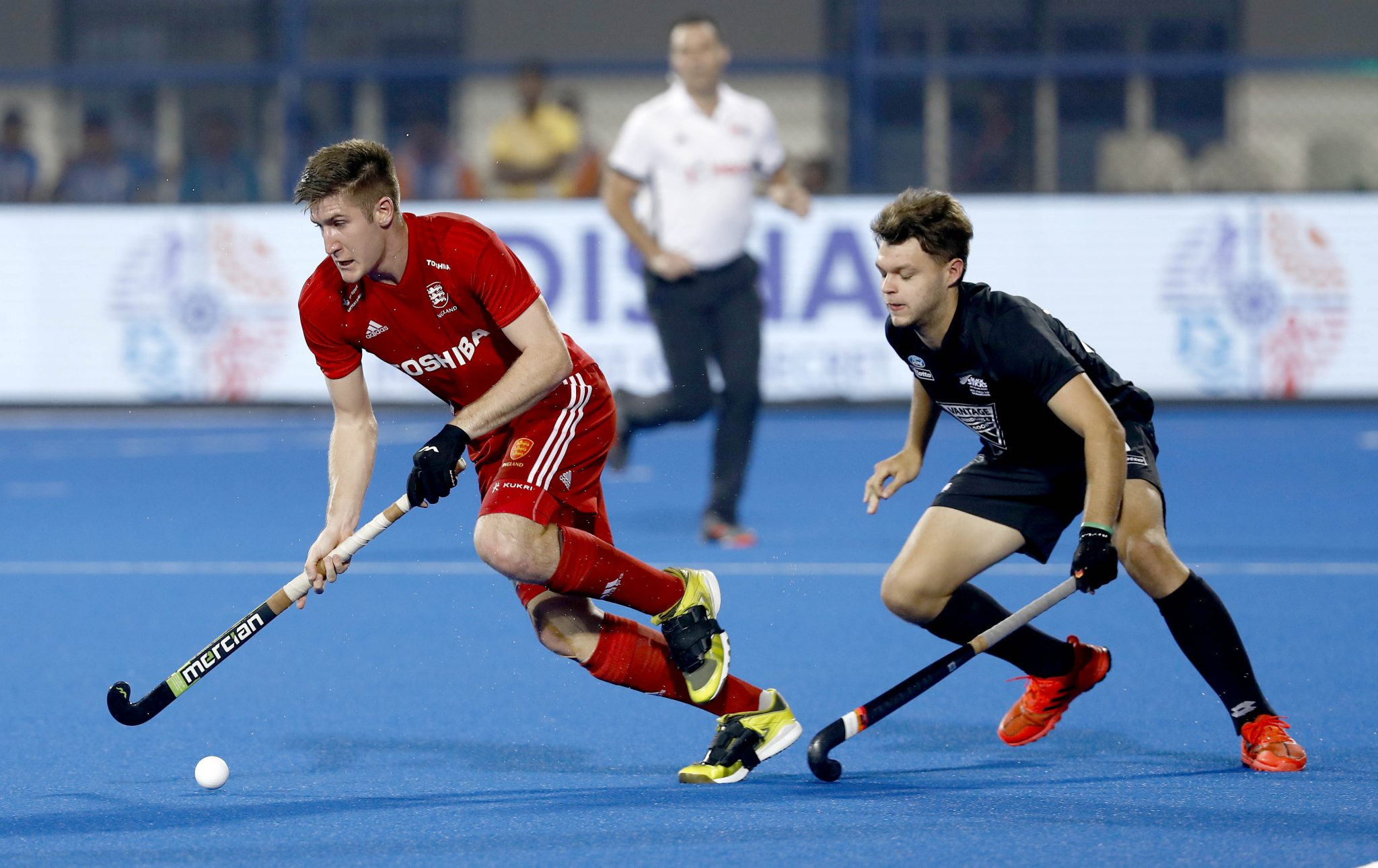Ice hockey is a popular contact sport played on an ice surface, usually at an outdoor or indoor ice rink, where two teams of skates use their skates to skate against each other, attempting to score points by taking the puck across the center line and then dropping it back to the ice. Unlike football, ice hockey is played with two separate, opposed poles: the stick of the skater and the blade of the opponent. The game is called “Speed Hockey” because of its fast action and importance to ice mining. It got its start in the United States, although most countries have played it since the 1950s.
In North America: the most common kind of hockey is “fields hockey,” also known as “table hockey,” which involves regulation with three or four penalty minutes for each quarter hour of play. Other variations of the game include “board hockey,” “wide-hole hockey,” “pod hockey,” “free-style hockey” and “hourglass hockey.” Field hockey players wear specially designed clothing, including protective gear and padding, including goalie helmets. Regular ice hockey players wear clothing that most people think of as being casual sports wear: sweatshirts, jeans, jerseys, shorts, jackets, gloves and earrings. Most fields will have three different sections, with regulation sizes for men and women, and goals usually divided by the goal line.
Ice hockey has evolved into a very serious sport: played by tens of thousands of players at competitive levels internationally. While originally only taught at the hockey Academy in London, Hockey Canada has become a very successful and well-known sport in the Canadian broadcast market. The game is played with two opposing teams at each end of a long rink. One team attempts to control the ball by checking or beating the other team with a stick. Each team tries to score three goals using shots from both corners of the ice.

Hockey can be played as a single-minded game: played by two evenly matched teams, or it can evolve into a team game played by several competing groups. The game can even turn on its head when a goal is scored by an opposing team with the backup goal keeping the other team from scoring. However, there are strict rules governing the play of hockey, including an eight-game season with a regular break in-between. Generally, teams must play every other day, alternating weeks with alternating days. Overtime, which is also a regular part of any other sport played in a regular season hockey game, is allowed only twice during the regular season.
A regulation type of hockey known: as “ice hockey” involves regular ice sheets set up on the playing surface. Opposing teams play against each other with only ten or fifteen minutes on the ice at a time. The game is not allowed to extend beyond regulation time, except for an extra period. Time-outs, which occur in the middle of the game and are called by the officials, count as one minute of play.
Another variation of hockey regulation is called “free-ice”: Unlike regular ice hockey, where the playing field is divided by a thin line called the “boards”, “glass” or “perimeter”, free-ice involves a wide open playing surface that may not have any boards. The object of the game is to get the puck into the “hash” where the play is concluded.
Puck possession is awarded to the team that has the most forward players (including the goaltender) with the puck entering the ” hash ” over the boards “where the play is concluded.
